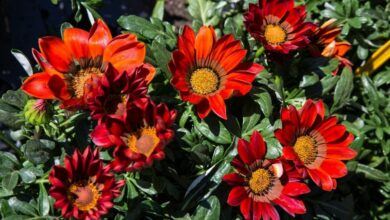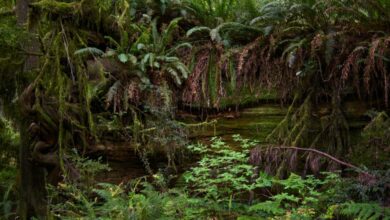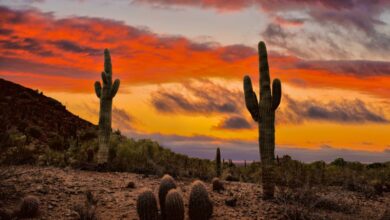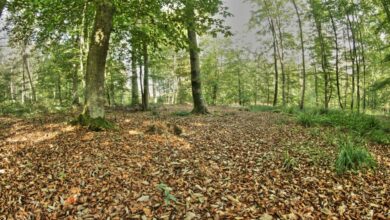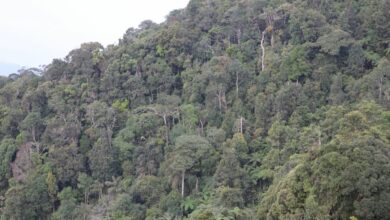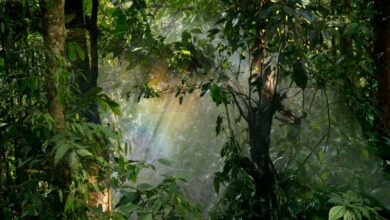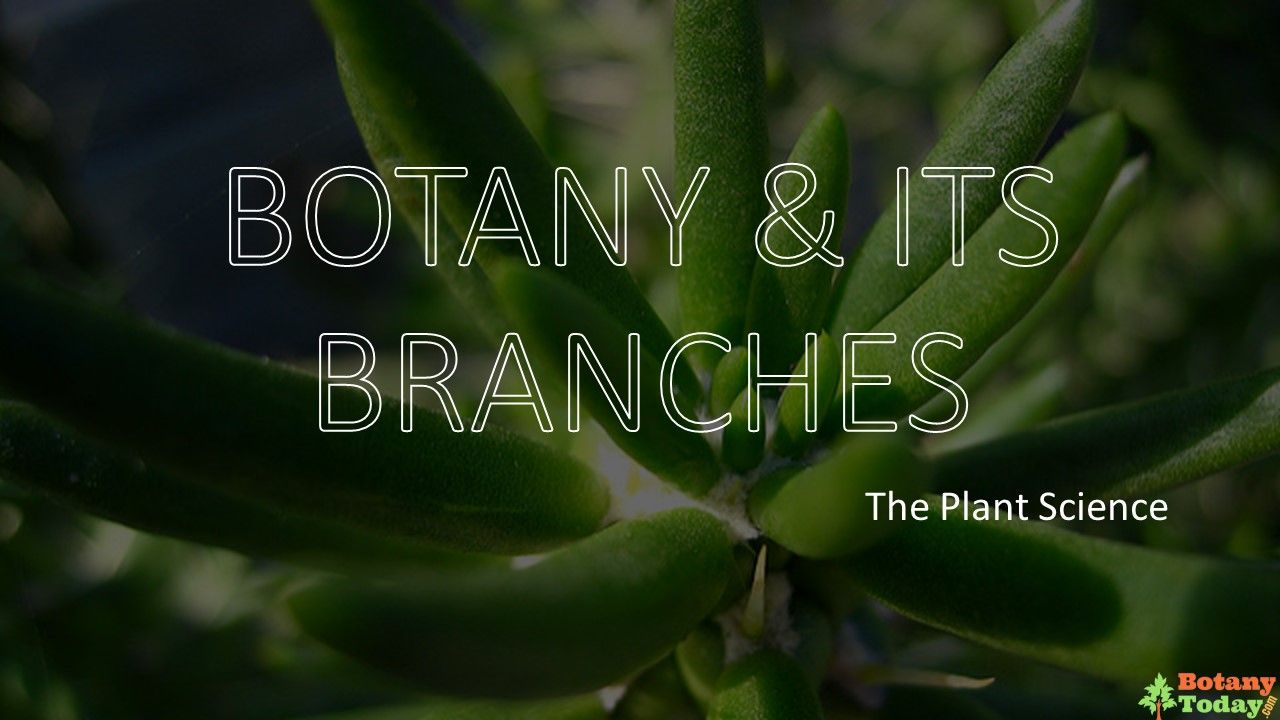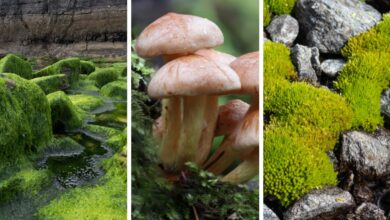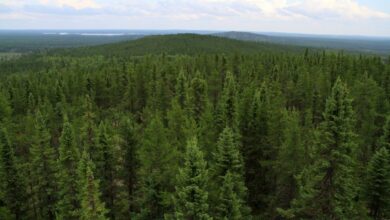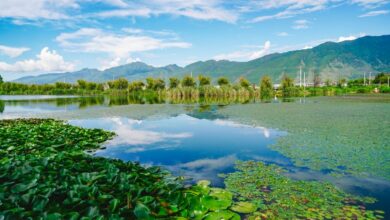Phanerogams (Phanerogamae)
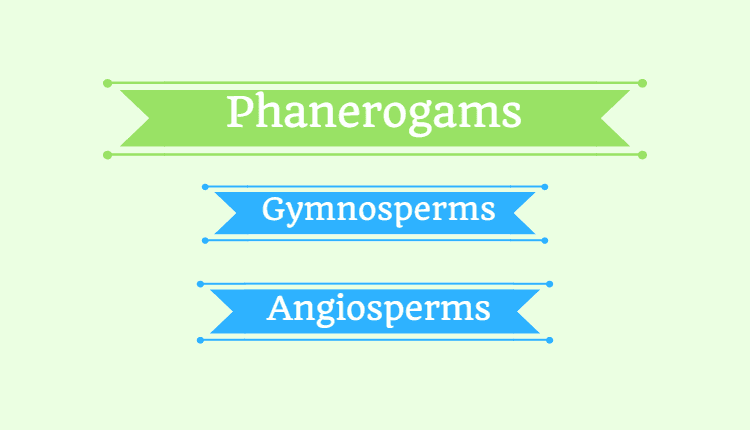
Phanerogams are seed bearing plants. These are most advanced plants. The word Phanerogams (or Phanerogamae) is made up of two Greek words “FANEROS” which means evident and “GAMOS” which means marriage. These are also known as spermatophytes. The word spermatophyte is also made from two Greek words “SPERMA” which means seed and “PHYTON” which means plant.
In 1883, A.W. Eichler classified the whole plant kingdom into two sub-kingdoms such as cryptogams and phanerogams. This is traditional of classification of plants and is still followed by many botanists.
Phanerogams are terrestrial plants and more advanced than the cryptogams. These are also called as flowering plants.
Characteristic Features of Phanerogams
Following are the characteristic features of phanerogams:
- They have well-differentiated plants i.e. the plant body is divided into distinct root, shoot, and leaves.
- These are multicellular, eukaryotic and chlorophyll containing plants.
- These are photoautotrophic and produce own food by photosynthesis.
- These are flowering plants.
- These have vascular system i.e. xylem and phloem tissues.
- These are higher terrestrial plants and can be found in deserts, on mountains, and in rainforests.
- Here the reproductive organs are found in the flowers and are visible.
- The life cycle of phanerogams is completed in two generations sporophytic generation and gametophytic generation. This is also known as alternation of generation.
- The plant body is a sporophyte and diploid.
- The gametophytic phase is much reduced in phanerogams.
Classification of Phanerogams
Phanerogams are classified into two groups such as:
- Gymnosperms (naked seed plants)
- Angiosperms (covered seed plants)
Gymnosperms
The word gymnosperm is made from two Greek words “GYMNO” which means naked and “SPERMA” which means seed. Gymnosperms are naked seed containing plants. These are called primitive seed plants. The seeds are found exposed to the environment. Cones bear the seeds. These do not possess fruits. These lack flowers. These are woody and perennial trees. In general, they have tap root system. These include evergreen trees such as Cycas, Pinus, Gnetum, etc. These are heterosporous and produce microspores and megaspores. Microspores are found inside microsporangia on microsporophyll while megaspores are found inside megasporangia on megasporophyll. In gymnosperms, the endosperms are either haploid or absent. Since gymnosperms are woody these are economically and ecologically valuable and important.
Angiosperms
The word angiosperm is made from two words “ANGION” which means hidden and “SPERMA” which means seed. These are flowering plants. They have seeds enclosed within fruits. Flowers are the most attractive part of any angiospermic plant. It adds to the beauty of these plants. Flowers are the characteristic features of angiosperms. Flowers attract insects and birds and help in pollination. Reproduction is of sexual type. These undergo double fertilization and endosperms are formed. Angiosperms are further divided into dicots and monocots. For example, peas, sunflower, maize, etc. Angiosperms are the most evolved group of the whole Plant Kingdom. Angiosperms provide us with all crop plants that are used as food and fodder plants. These are economically very important of all other plants.

